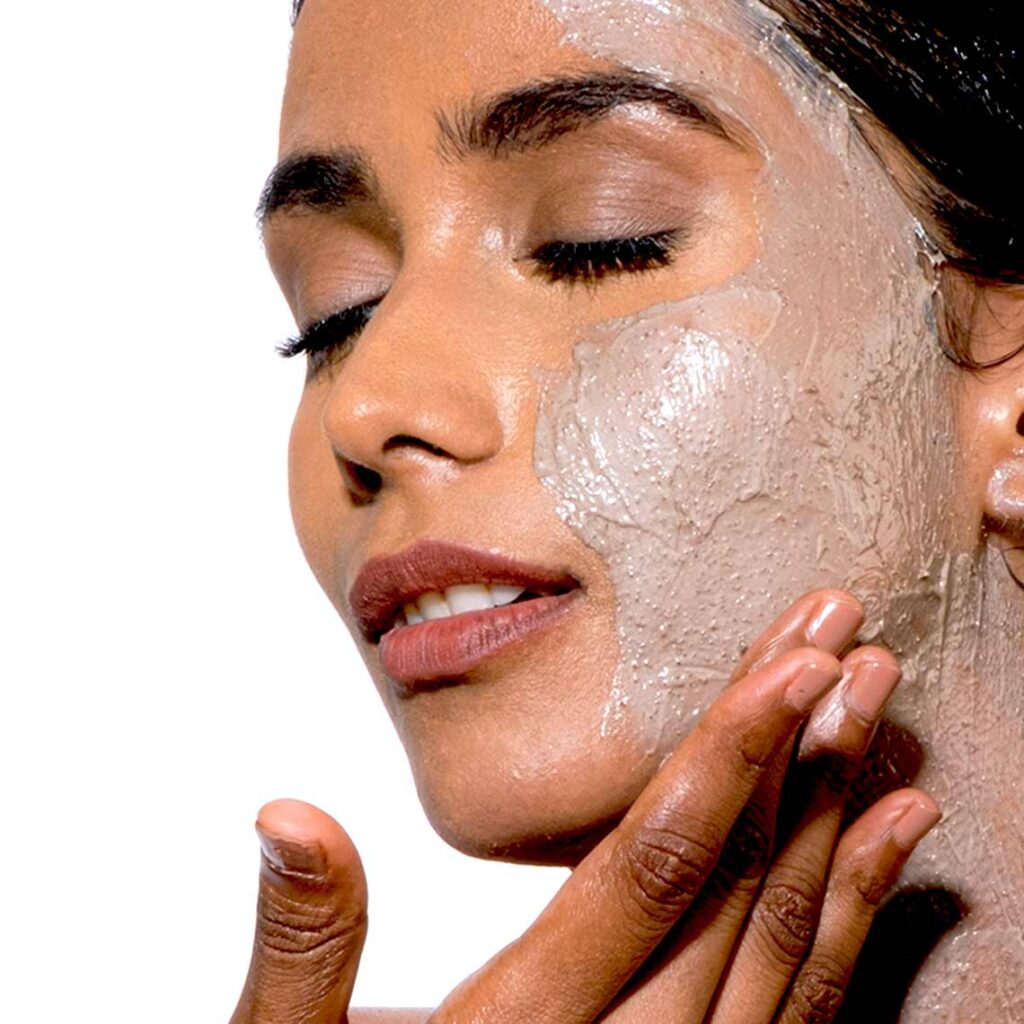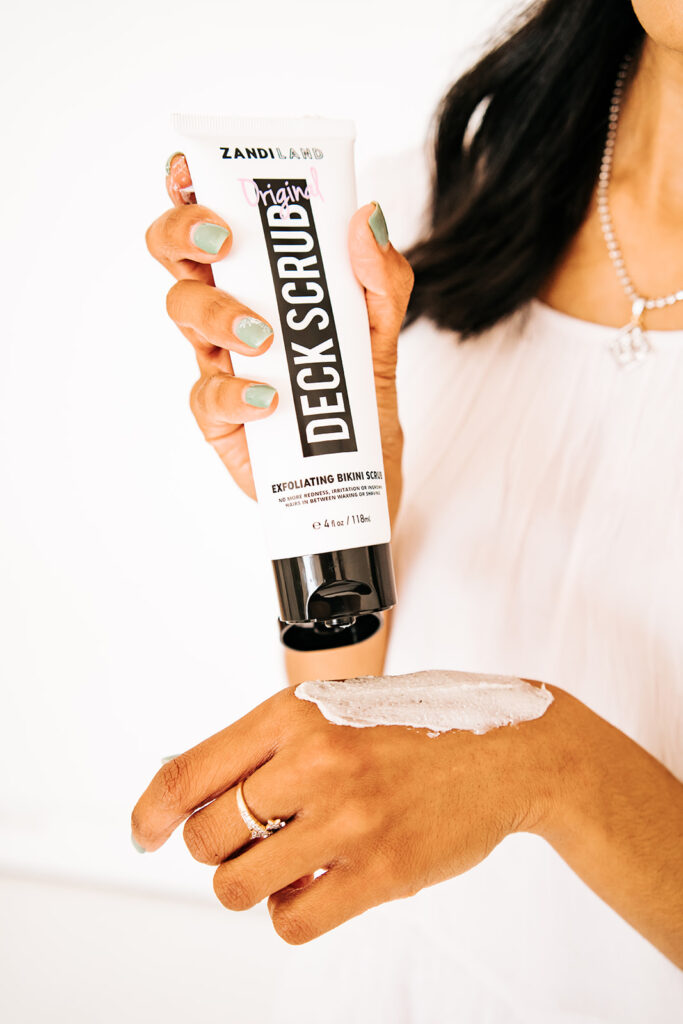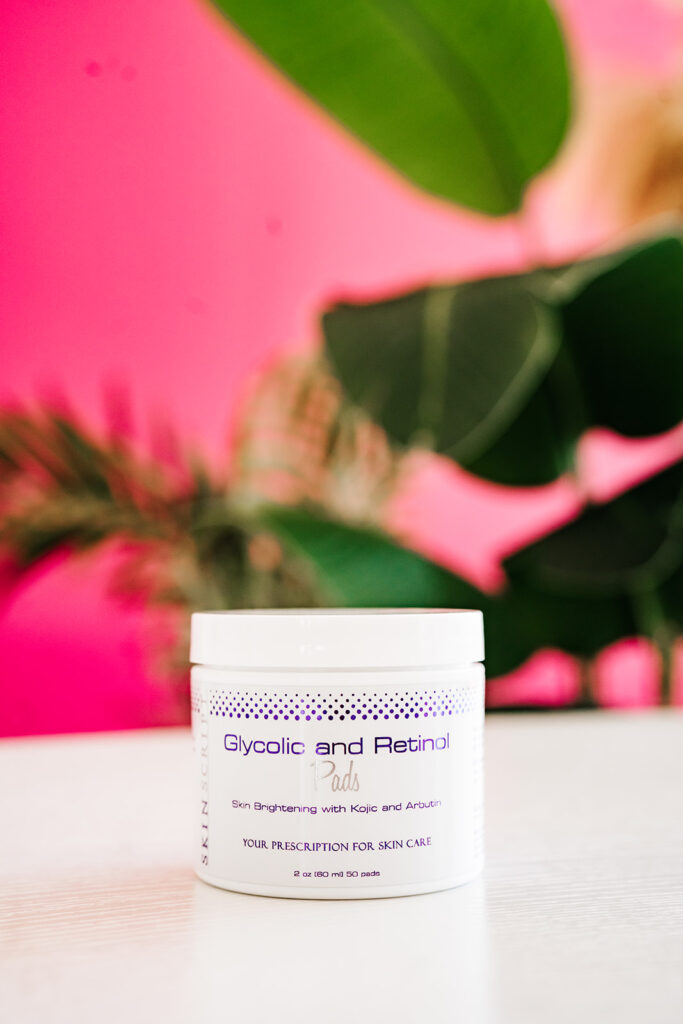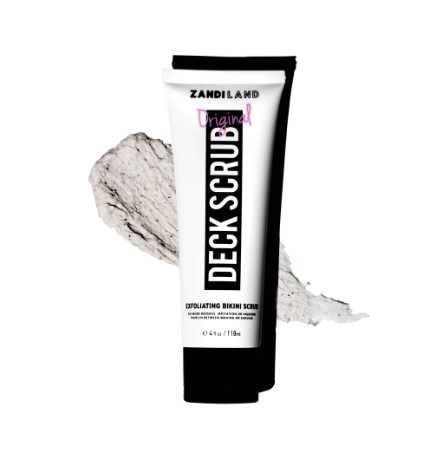How to Exfoliate Your Skin and Face
July 26, 2024

Knowing how to exfoliate is essential for maintaining healthy, glowing skin. Exfoliation helps remove dead skin cells, unclog pores, and improve skin texture. This guide will walk you through the process of exfoliating your skin and face, the benefits, and how often you should do it.
What is Exfoliation?
Exfoliation is the process of removing dead skin cells from the surface of your skin. This can be done using physical or chemical methods:
Physical Exfoliation: Involves using tools like brushes, sponges, or scrubs to “physically” remove dead skin cells. Common tools include dry brushes, exfoliating sponges, and scrubs with granules.
Chemical Exfoliation: Uses chemicals like alpha hydroxy acids (AHAs) and beta hydroxy acids (BHAs) to dissolve dead skin cells. Products often contain ingredients like: glycolic acid, lactic acid, or salicylic acid.
Both methods have their benefits and can be chosen based on your skin type and needs!



Benefits of Exfoliation
Exfoliating your skin provides numerous benefits:
- Removes Dead Skin Cells: Helps clear away the dull, lifeless layer of dead skin cells, revealing fresh, radiant skin underneath.
- Unclogs Pores: Prevents the buildup of dirt and oil that can lead to acne and blackheads.
- Improves Skin Texture: Makes your skin feel smoother and softer.
- Enhances Absorption: Helps your skin better absorb moisturizers, serums, and other skincare products.
- Promotes Cell Turnover: Stimulates the production of new skin cells, which can improve the overall appearance of your skin.
Understanding the benefits of exfoliation can help you appreciate the importance of incorporating it into your skincare routine.
How to Exfoliate
Knowing how to exfoliate properly is key to achieving the best results without damaging your skin. Here are the steps:
Apply the Right Products for Your Skin Type
- For Sensitive Skin: Use a mild chemical exfoliator with gentle ingredients like lactic acid or fruit enzymes.
- For Dry Skin: opt for hydrating exfoliators with ingredients like hyaluronic acid to avoid further drying out your skin.
- For Oily or Acne-Prone Skin: Choose products containing salicylic acid or glycolic acid to help unclog pores and reduce oiliness.
Be Gentle!
- Physical Exfoliation: Use short light strokes or small circular motions with brushes or sponges. Avoid applying too much pressure to prevent irritation.
- Chemical Exfoliation: Follow the product instructions carefully. Do not leave chemical exfoliants on longer than recommended, as they can irritate your skin.
Rinse and Moisturize
- Rinse with Lukewarm Water: After exfoliating, rinse your face with lukewarm water to remove any residue.
- Moisturize: Apply a hydrating moisturizer to lock in moisture and soothe your skin. This is especially important after exfoliation to keep your skin hydrated.
How Often Should You Exfoliate?
Knowing how often to exfoliate face and skin is crucial to avoid over-exfoliation, which can irritate your skin.
- Sensitive Skin: Exfoliate once a week to prevent irritation.
- Normal or Combination Skin: 2-3 times a week is usually sufficient.
- Oily or Acne-Prone Skin: You can exfoliate 3-4 times a week but pay attention to how your skin reacts.
Adjust the frequency based on your skin’s needs and how it responds to exfoliation.
Understanding how to exfoliate and incorporating it into your skincare routine can make a significant difference in your skin’s appearance and health. Be sure to choose the right products for your skin type, exfoliate gently, and moisturize afterward to achieve the best results. By following these steps and knowing how often to exfoliate, you can enjoy the many benefits of exfoliation and maintain glowing, healthy skin.
For more skincare tips and advice, check out our related articles on how to prepare for a Brazilian wax, how to prevent ingrown hairs, and browse our online shop for the best exfoliation products.